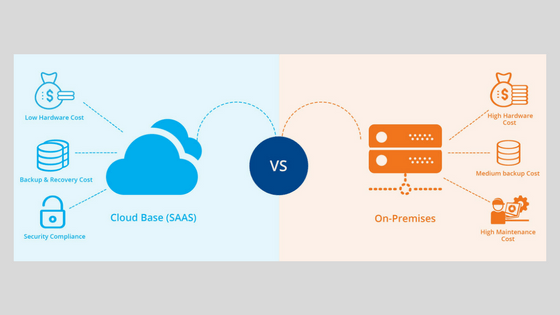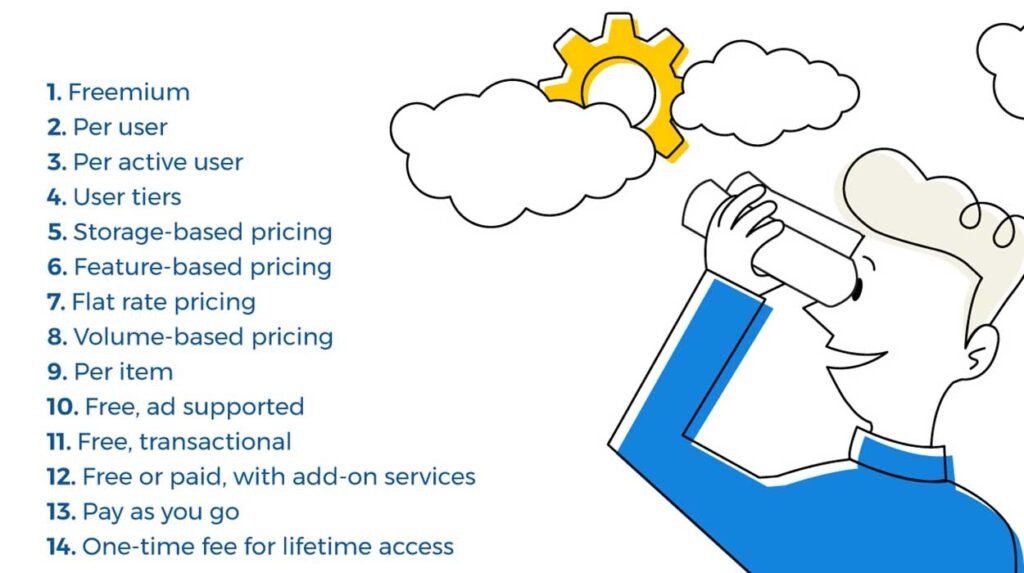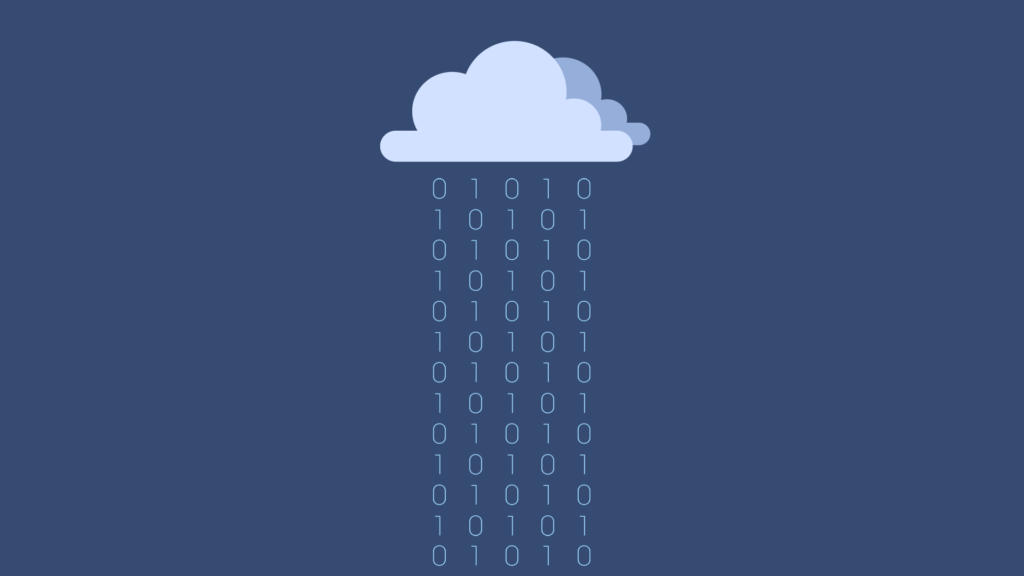
Apr 11, 2022
0 Comment by Viewers![]() While growing your business worldwide, an on-premise solution might be your default decision for more noteworthy control and adaptability. Traditionally, organizations licensed enterprise software and afterward implemented it “on-premise” – for their own or controlled physical location – and provisioned the hardware, infrastructure, and support to set it up and keep up with it for representatives. SaaS solution, on the other hand, is “software that is possessed, conveyed and oversaw from a distance by at least one supplier.
While growing your business worldwide, an on-premise solution might be your default decision for more noteworthy control and adaptability. Traditionally, organizations licensed enterprise software and afterward implemented it “on-premise” – for their own or controlled physical location – and provisioned the hardware, infrastructure, and support to set it up and keep up with it for representatives. SaaS solution, on the other hand, is “software that is possessed, conveyed and oversaw from a distance by at least one supplier.
The supplier conveys software given one bunch of common code and information definitions that are consumed in a one-to-many model by totally contracted clients whenever on a compensation for-use premise or as a subscription-in light of purpose measurements. However, before you’re enticed to go down this way, it merits considering which solution suits something else for your business more.

With a SaaS solution, you exactly pay for what you want without having to purchase hardware to have your new applications. Instead of outfitting and utilizing restricted internal resources to install and maintain the software, SaaS vendor gives all the hardware and implementation services and performs a large part of the work to get their software working for you.
Additionally, the pricing structure for a SaaS solution is typically very flexible, depending on your needs.
This flexibility in pricing can make a big difference in the ability of Sales or Marketing to budget, afford and get approval for a specific application or tool.
SaaS and on-premise solutions have essentially unique funding models. On-premise traditionally has been treated as a one-time capital expense that is automatized over the lifetime of the assets. So it generally requires an upfront payment, either straightforwardly from the actual company or through a lease or loan from the company.
Cloud computing allows an altogether unique model: On-premise Expense costs are treated as operating expenses, on an ongoing basis. Much of the time, the on-premise expense approach can open investment that can be utilized to transform the business. That being said, a cycle continues many years after you submit, to understand this was in your planning.
SaaS software also provides you with the advantage of predictable costs both for the subscription and somewhat the administration. Indeed, even as you scale, you can have a visually clear idea of what your costs will be. This allows for considerably more accurate planning, especially as compared to the costs of internal IT resources expected to manage, maintain, and upgrade issues for a claimed instance.
SaaS solution enables you to scale rapidly compared to an on-premise solution. Assuming that you’re hoping to expand to different domains or in a rapid development mode, SaaS can essentially add more servers and capacity according to your need considering your network load as well. On the other hand, assuming you have a high peak-to-average load ratio, on-premise would require a significant infrastructure investment to handle the peak, and then that investment would be underutilized for a large part of the time.

Generally, on-premise software is more customizable than SaaS because vendors have built more comprehensive software development kits (SDKs) for these systems Most companies customize their software to some extent to meet the needs of the business. This is changing somewhat, with SaaS more configurable today than it was 5 years ago, still not to the level of on-premise. The flip side of this is that companies using SaaS can standardize their business processes, and often see a performance improvement since the new processes are generally more up to date with best practices with time.
The time to a functioning solution is almost always a lot more limited with a SaaS versus an on-premise option. An organization that could take months for the traditional on-premise model therapists to weeks or days or even hours with the SaaS model. This is because of the time lags associated with internal IT provisioning software and necessary hardware and also due to contending projects for IT’s time. So your application arrangement gets placed in the line.
“SaaS solutions typically offer seamless, automatic, continuous upgrades as part of the ongoing subscription charge as these upgrades happen more habitually and thusly incrementally than on-premises solutions, they typically have significantly diminished testing and end-client acceptance and training costs”
Under the SaaS rooftop, since the software is facilitated by the vendor, they take in general responsibility for maintaining the software and upgrading it, guaranteeing that it is reliable and meeting agreed-upon service level agreements by keeping the application and its data secure at the most significant level.
While you may stress over security outside of the enterprise walls, the possible truth is that the vendor has a lot more significant level of safety than the client’s enterprise itself would give. Many SaaS suppliers have long-gasping for air instances in extremely secure data communities in various geographies. Also, the data are automatically backed up by the vendor, giving additional security peace of brain. Additionally, you’re getting the added advantage of at least some disaster recuperation because of the data-focus facilitating.
Since SaaS software is facilitated in a private cloud and accessible server by the Internet, clients can access it via cell phones any place they are connected. The extent of accessing cloud applications from anywhere on the planet may allow far more adaptable work patterns. Your kin shouldn’t be attached to a physical office or VPN. That being said, there may locations where wifi or Internet access isn’t reliably available, however, these situations will generally be rarer as time passes. If so, an application that is only available online may be a masterpiece.
Lastly, any business should consider the stability and long-term viability of any software vendor, both on-premise and SaaS. For on-premise, since you control the software on your infrastructure, regardless of whether the company was to leave the business you could continue involving the application for quite a while before transitioning (however there are drawbacks). For SaaS, the gamble is substantially more pronounced to be considered. On the off chance that your SaaS vendor disappears, there is no guarantee of continued support for your application for sure any transition plan may be. A few focuses can guarantee the ongoing system of your SaaS solution: Understand your vendor – ;